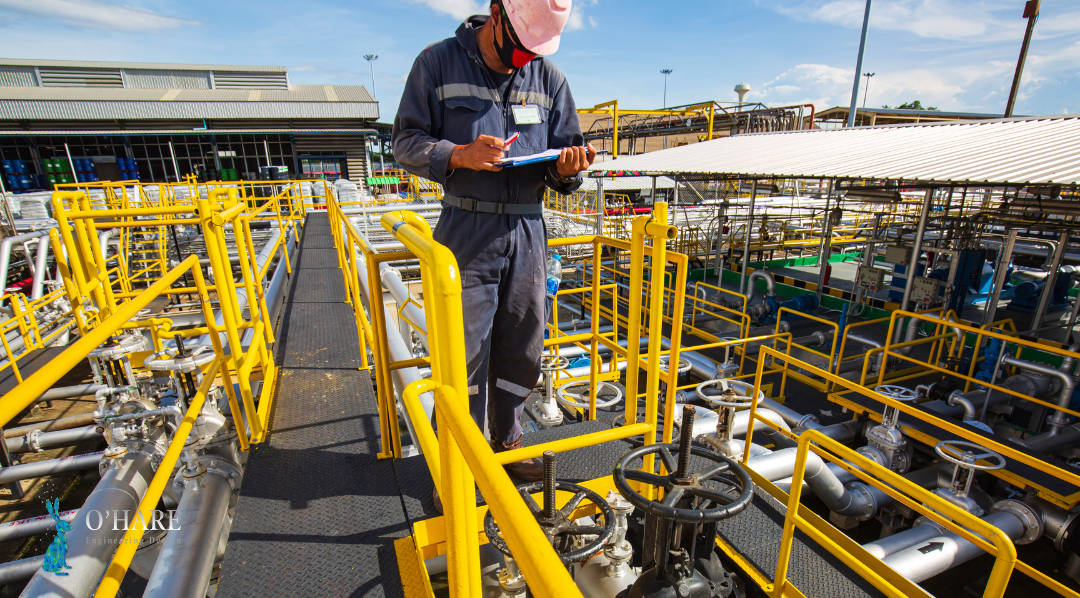A PROACTIVE APPROACH TO PIPE INTEGRITY IN CHEMICAL PLANTS

A PROACTIVE APPROACH TO PIPE INTEGRITY IN CHEMICAL PLANTS
Date: 02th October 2024
Chemical plants are complex industrial facilities that rely heavily on piping infrastructure to transport often hazardous materials around the site. Over time though, this infrastructure can deteriorate due to factors like age, corrosion, and general wear and tear.
Let's say this pipework is carrying something like water. If it were to fail, you not only risk flooding the site but also shutting down production until the internal problem has been resolved. Now, if you replace that with one of the more dangerous chemicals found in chemical plants, this deterioration poses significant safety and environmental risks.
To mitigate these risks, it’s important to assess the condition of ageing piping systems and implement effective mitigation measures.
The role of laser scanning in plant maintenance
Laser scanning technology has emerged as a powerful tool for assessing the condition of ageing piping infrastructure. This technology uses lasers to create highly accurate 3D models of existing structures and environments. By capturing these images, laser scanning provides valuable insight into the physical condition of piping systems. And, the data can be used to create intelligent P&IDs to act as a maintenance log for your entire site. Here’s a link to our blog on ‘Why more chemical plants are now opting for intelligent P&IDs’.
What are the key benefits of using laser scanning for piping assessment?
- It delivers highly accurate and precise measurements, allowing you to identify even the subtle signs of deterioration.
- It’s a non-destructive and efficient method for data collection. Work doesn’t need to stop for the data to be collected, reducing downtime and minimising disruptions to plant operations.
- Laser scanning captures the entire piping system, including its complex geometry and connections, providing a comprehensive understanding of its condition.
- It generates detailed documentation that can be used for future reference, facilitating maintenance and repair planning.
Engineering Design Considerations
Once the condition of the piping system has been assessed using laser scanning, engineers can develop appropriate mitigation strategies. These strategies may involve repairs, replacing sections of piping that have deteriorated beyond repair, strengthening existing piping to improve its capacity, and implementing regular inspections and maintenance procedures to prevent further deterioration.
Integrating Laser Scanning and Engineering Design
To effectively harness the advantages of laser scanning and engineering design, it is important to integrate these two disciplines. This involves analysing laser scan data to pinpoint areas of concern and evaluate the extent of deterioration. Additionally, creating 3D models of the piping system and simulating its behaviour under various loading conditions allows for the assessment of the proposed mitigation strategies' effectiveness. By quantifying the risks associated with the ageing piping system and prioritising mitigation efforts accordingly, a risk assessment can be conducted. Encouraging collaboration between laser scanning experts and engineers ensures that the collected data is utilised effectively to inform design decisions.
Laser scanning and engineering design are powerful tools for assessing and addressing the risks of ageing piping infrastructure in chemical plants. By combining these technologies, it is possible to identify potential hazards, develop effective mitigation strategies, and ensure the safe and reliable operation of these critical facilities.




